Fast-forward: Working in the future
- 5 min read
The future workplace may become completely different from today’s corporate culture. The question is how?

As Millennials continue to enter the workforce and technology evolves, the way we communicate, collaborate, and work with one another will change too. The future workplace may become completely different from today’s corporate culture. To get a sense of what will change—and why—we sat down with Herman Konings, managing director and founder of Belgium’s premier trend analysis and research firm, Pocket Marketing/nXT.
How is today’s society changing the way we work?
In today’s workplace, Baby Boomers, who range between 50 and 70 years of age, are retiring, and being replaced by Millennials—the now 20-30 somethings. Within the next five to ten years, we’ll see Baby Boomers fully phase out of the workforce.
Consequently, employee values are changing. Baby Boomers are largely more competitive, self-driven mayors of “me-to-pia”, while Millennials tend to be driven by work-life balance. They were born into a collaborative society and generally appreciate the ideals of sharing, co-working, and co-creation. This, of course, is having an impact on the construction of the workplace, both physically and in terms of its social structure.
What are Millennials looking for in the workplace?
Millennials want to work in spaces that encourage collaboration. This is why companies like WeWork are becoming so popular—co-working and sharing of talents represents quicker, faster, next-level thinking.
More surprisingly, Millennials are also looking for a physical connection. Obviously, they love technology and their screens, but these are not things they were born using, like Gen Z. Millennials are very much reliant on the digital, yet it can also be a distraction, so they crave balance with a physical connection.
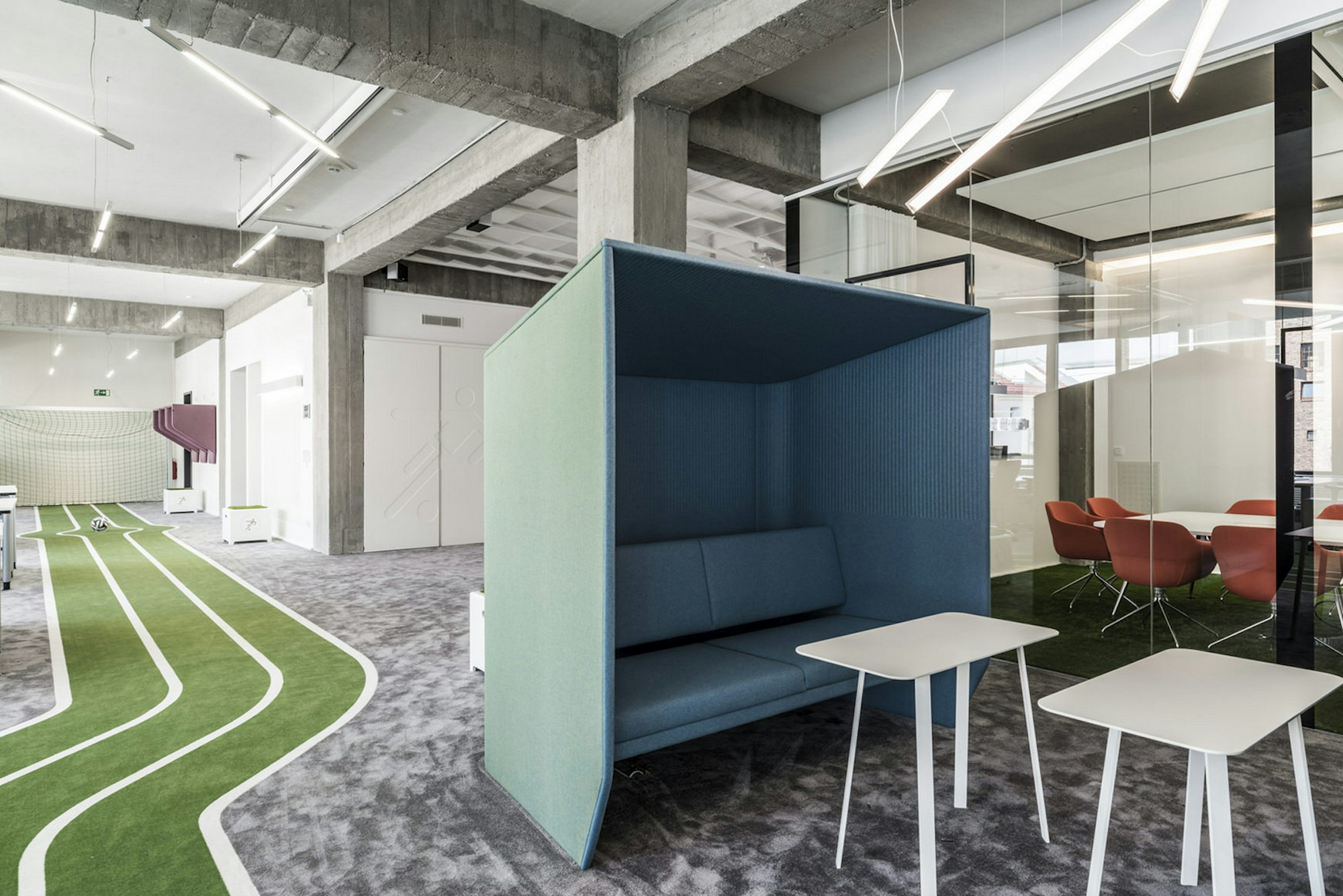
What does this mean for employers?
Multi-screens and open floor plans can lead to information overload and reduce productivity in the workplace. According to a recent Microsoft study, the average individual’s attention span has been reduced to just 8-12 seconds.
Since distracted employees are less productive, several companies are beginning to reconsider the open workplace and put greater focus on smart, well-designed office spaces to help combat the war against distraction. In addition to creating communal areas, it’s increasingly important for companies to allocate more comfortable, private work zones, where employees can better focus on the tasks at hand.
It’s increasingly important for companies to allocate more comfortable, private work zones, where employees can better focus on the tasks at hand.
In theory, you can improve the quality of your work by improving the quality of your life. Some progressive organizations are testing new methods that encourage staff to take time to disconnect and focus on their work more mindfully with the help of procrastination nannies. And, Cave Day, which started in New York, is a growing phenomenon. You can hire the organization to coordinate team off-sites, which are designed to help get more done in less time by putting an end to procrastination.
How are you seeing this need for the physical to come into play?
Technology has opened the door for more flexible remote working arrangements, which can be a perk – particularly for young parents balancing work/family life. Yet, most Millennials want some sense of proximity to their boss and colleagues. They aren’t necessarily looking to work from home on their computers all day, which I think comes as a surprise to some people.
This heightened desire for—and sense of—presence is starting to affect our physical behavior and social interactions in the office as well. Rather than sitting all day, Millennials are starting to take meetings standing up, which has been proven to increase productivity. According to neuropsychological studies, standing is better for your health and focus. Plus, it tends to reduce the duration of meetings.
What about the growing mobile workforce?
As long as digital nomads have Wi-Fi and a laptop, they can often get a job done from practically anywhere. But, that doesn’t mean these new nomadic workers aren’t still craving some kind of physical interaction. A handful of co-work hotels have started to pop up to answer their call.
As long as digital nomads have Wi-Fi and a laptop, they can often get a job done from practically anywhere. But, that doesn’t mean these new nomadic workers aren’t still craving some kind of physical interaction.
Zoku in Amsterdam, for example, is designed around this understanding that people not only want to connect in a digital, virtual way but also in a physical way. The co-working hotel offers guests shared work areas and an open-plan design with communal tables aimed to bring bright minds from around the world together to network. Even the hotel rooms themselves feature a smart design, which can seamlessly transform from bedroom to professional meeting space.
How will we define innovation in the workplaces of tomorrow?
The focus will shift to “eco-vation” with an emphasis on green offices: sustainably built environments—complete with plants, air, and natural light—to align with the collective desire to save the planet for their own generation, and those proceeding them.
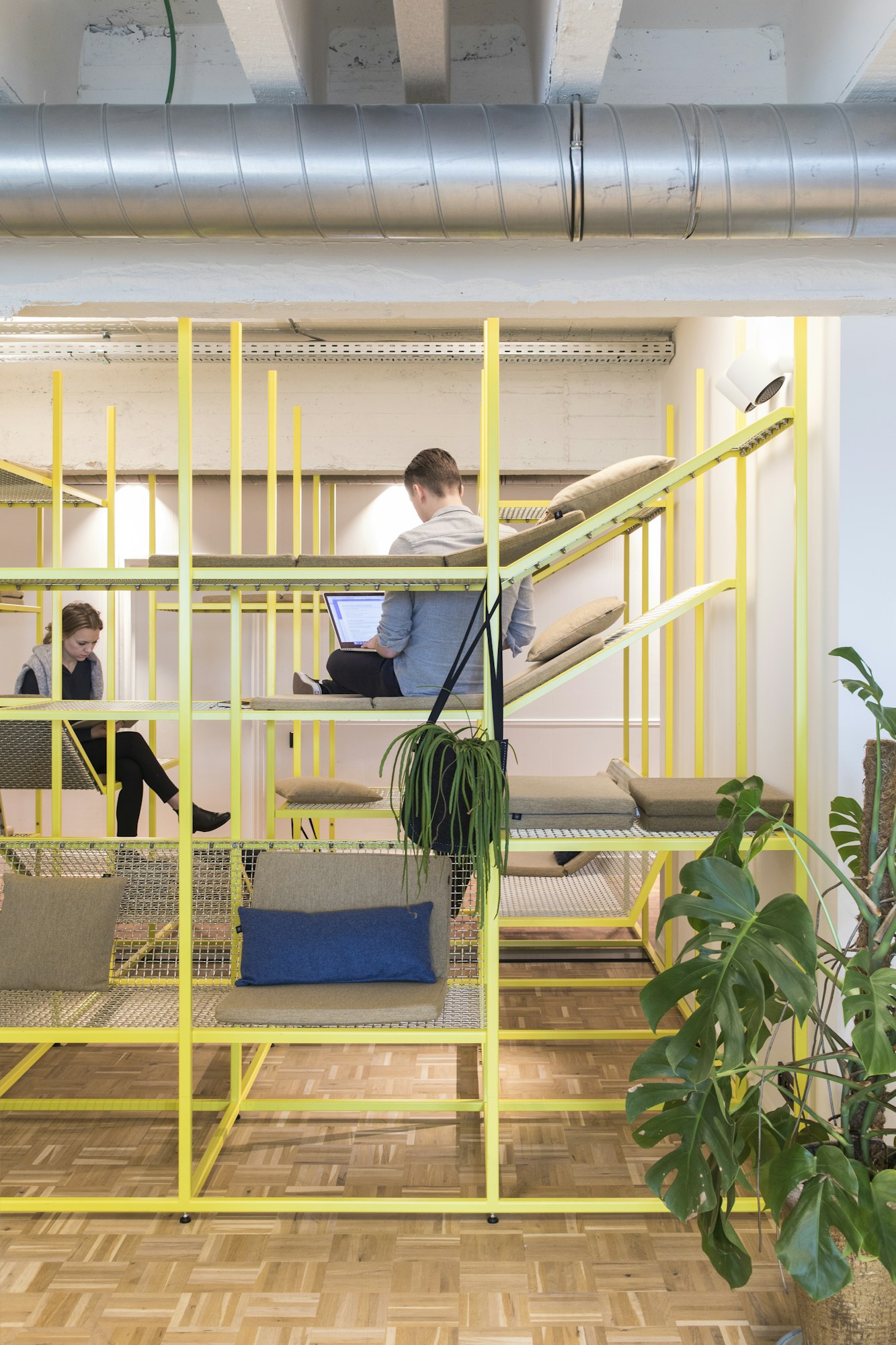
What about Generation Z? What changes do you anticipate when they enter the workforce?
In 10-15 years when Gen Z starts working, we will likely see a rise of the digital workplace and resurrection of more individual-oriented thinking. These young people are true “digital natives”—they’ve been using the internet and interacting with screens since they were born, so they love working in a digital frame and were raised to cope with bits and bytes right from the start.
I predict they’ll be more inclined to work from home much more than Millennials and Baby Boomers, and won’t carry the same appreciation for the physical that these generations do. They’ll also be more likely to work apart from one another, similar to Baby Boomers, but towards a common goal, like Millennials, so digital co-working will become a growing trend in the near future.
Related articles
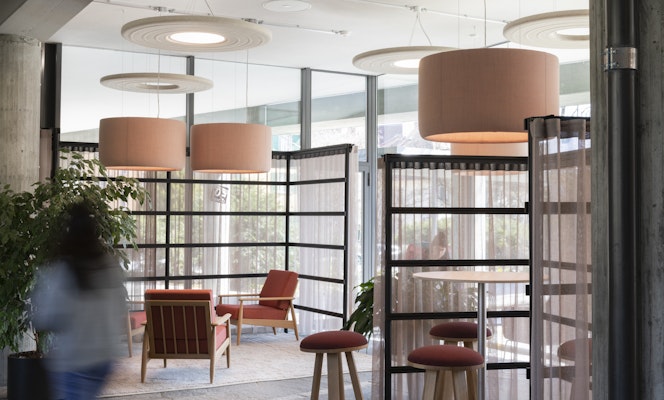
Rethink the open workspace layout
Discover how organizations can counter social isolation and loneliness and create a more connected, social and productive workspace.
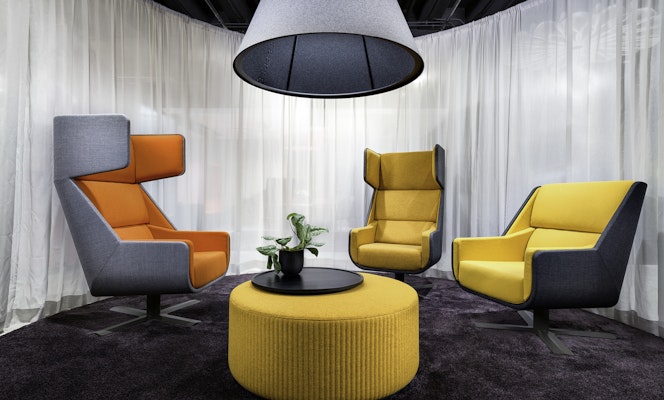
7 Tips for a well-designed lounge
A well-designed lounge can help strengthen your brand experience. We have gathered some tips to change your lounge from good to great!
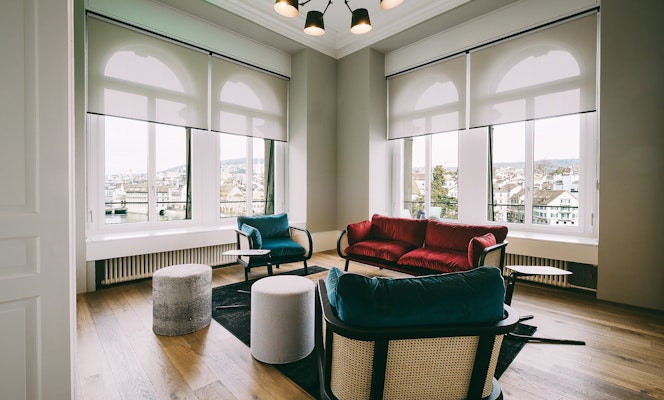
Accenture: a workspace tailored to share, develop and test ideas
Take a look into this open and flexible space which is designed to foster creativity, outside-the-box thinking and determining the best route for future growth.